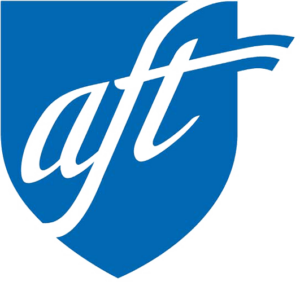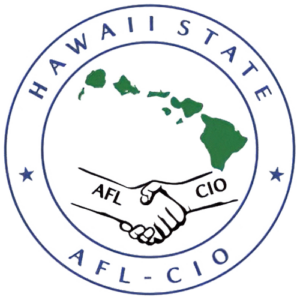Star Advertiser Editorial (posted 8/17/16) by Matthew Tuthill, an Associate Professor of Molecular Biology and Microbiology at Kapiolani Community College.
The recent front-page headline — “Report hails community colleges’ affordability” — substantiated what is often overlooked: that our local community colleges (CCs) are the most affordable institutions of higher learning in the nation.
However, the article only scratched the surface: There are a great deal of other metrics besides tuition costs that illustrate the value of these two-year schools.
For example, less obvious associated costs for students at four-year colleges include semester parking fees (none at CCs), books (CCs often use freely available online open resource material), and course and student fees (typically nonexistent and much lower, respectively, at CCs).
The accessibility of CCs extends beyond simple economics; they are also physically integrated into communities throughout the state.
Their greater accessibility also relates to student-teacher ratios, with class sizes smaller and more likely to be taught by professors rather than either adjunct faculty or graduate students. Moreover, these professors are hired and trained as educators first, and their tenure and promotions are coupled to their successful delivery and engagement with students.
In terms of expertise, about a quarter of CC instructors hold Ph.D.s, and are responsible for educating 54 percent of college students within the state.
Traditionally, community colleges are viewed as institutions that provide workforce training needs or serve as a pipeline for transfer to four-year campuses.
With regards to the former, CCs provide a array of career and technical education pathways that include community service providers (i.e., physical therapy, dental hygiene) that many of us utilize.
As for the latter, CCs have done an excellent job in preparing students for university transfer, as shown by grade-point-average analyses of Kapiolani CC pre-engineering transfer students to the Manoa campus.
On top of teaching loads, an increasing number of CC instructors (both locally and nationally) are engaging students outside of the traditional classroom setting.
For example, many STEM (science, technology, engineering and math) faculty actively engage in research pro bono on top of their teaching duties. Benefits of this work have been numerous local and national student awards (when competing against those from four-year campuses), as well as the quantity of STEM-related grants received locally.
This early and often integration of student research is part of current best practices, and studies consistently show that this engagement is effective in increasing both STEM retention and graduation rates.
Given that the U.S. is currently witnessing a brain drain in STEM fields, it shows how pivotal community colleges are in shoring up this decline.
And, with a greater proportion of females and under-represented ethnicities (relative to those enrolled nationally in U.S. four-year schools), these campuses serve as essential feeding grounds to address these exacerbated disparities in STEM fields.
Taken as a whole, this is not meant to take anything away from other forms of higher education; each has its place in the continuum of lifelong learning.
Fifteen years ago I couldn’t imagine leaving cancer research for CC teaching, let alone encourage others to begin their pathways at these campuses. But now, having witnessed firsthand the dedication to teaching, the amazing results of the students and the overall high value opportunities provided at community colleges, I couldn’t imagine why prospective students wouldn’t want to explore this option first.



